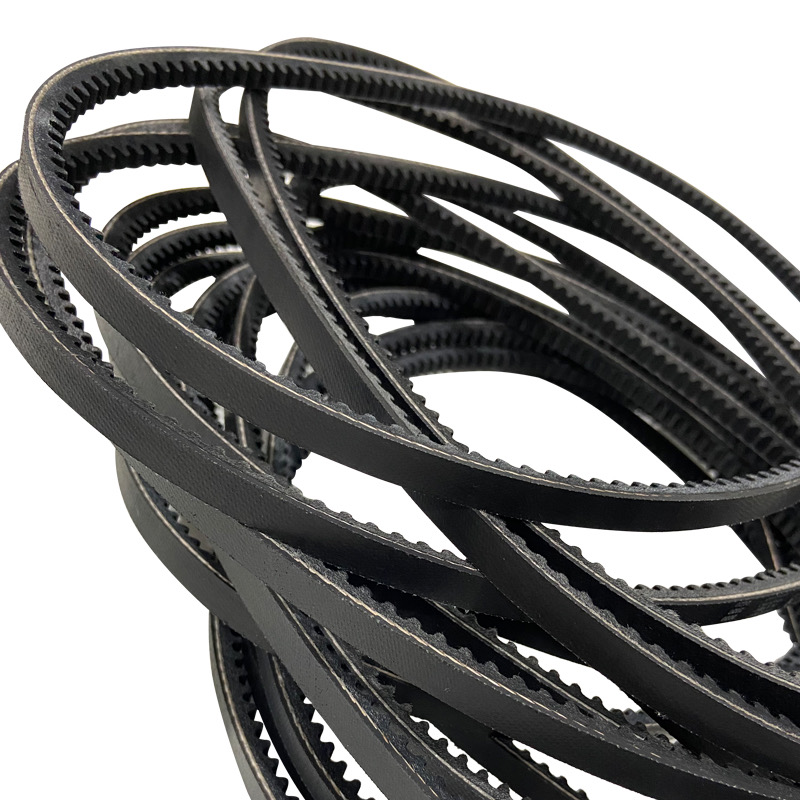- Arabic
- French
- Russian
- Spanish
- Portuguese
- Turkish
- Armenian
- English
- Albanian
- Amharic
- Azerbaijani
- Basque
- Belarusian
- Bengali
- Bosnian
- Bulgarian
- Catalan
- Cebuano
- Corsican
- Croatian
- Czech
- Danish
- Dutch
- Afrikaans
- Esperanto
- Estonian
- Finnish
- Frisian
- Galician
- Georgian
- German
- Greek
- Gujarati
- Haitian Creole
- hausa
- hawaiian
- Hebrew
- Hindi
- Miao
- Hungarian
- Icelandic
- igbo
- Indonesian
- irish
- Italian
- Japanese
- Javanese
- Kannada
- kazakh
- Khmer
- Rwandese
- Korean
- Kurdish
- Kyrgyz
- Lao
- Latin
- Latvian
- Lithuanian
- Luxembourgish
- Macedonian
- Malgashi
- Malay
- Malayalam
- Maltese
- Maori
- Marathi
- Mongolian
- Myanmar
- Nepali
- Norwegian
- Norwegian
- Occitan
- Pashto
- Persian
- Polish
- Punjabi
- Romanian
- Samoan
- Scottish Gaelic
- Serbian
- Sesotho
- Shona
- Sindhi
- Sinhala
- Slovak
- Slovenian
- Somali
- Sundanese
- Swahili
- Swedish
- Tagalog
- Tajik
- Tamil
- Tatar
- Telugu
- Thai
- Turkmen
- Ukrainian
- Urdu
- Uighur
- Uzbek
- Vietnamese
- Welsh
- Bantu
- Yiddish
- Yoruba
- Zulu
авг. . 15, 2024 15:26 Back to list
Understanding the Mechanics and Applications of Variable Speed Belt Drives in Modern Machinery
Understanding Variable Belt Drive Systems
Variable belt drive systems play a crucial role in various mechanical and industrial applications, offering flexibility and efficiency in power transmission. These systems utilize belts and pulleys to transfer power while allowing for the adjustment of speed and torque. This article explores the fundamental concepts, advantages, and applications of variable belt drives in modern machinery.
Fundamentals of Variable Belt Drives
A variable belt drive system consists of several key components belts, pulleys, and sometimes tensioning devices. The basic principle behind these systems lies in their ability to change the diameter of the drive pulleys, directly influencing the speed and torque delivered to the driven components. This is typically achieved through mechanisms such as sliding sheaves, adjustable pulleys, or V-belt systems that can alter their effective radius based on operational requirements.
The design of a variable belt drive typically involves a set of pulleys that can move closer together or further apart. When the drive belt connects the pulleys, changing the distance between them effectively changes the ratio of input speed to output speed. This adaptability is invaluable in applications where load demands fluctuate, allowing machines to operate more efficiently under varying conditions.
Advantages of Variable Belt Drive Systems
One of the primary advantages of variable belt drives is their ability to provide smooth and continuous speed variations. Unlike fixed-speed drives, which can lead to energy wastage or operational strain under variable load conditions, adjustable belt drives optimize performance by matching output to requirements. This feature significantly enhances energy efficiency and can lead to lower operating costs over time.
Additionally, variable belt drives can effectively minimize wear and tear on the components of machinery. By allowing for gradual changes in speed and torque, the stress placed on parts during startup and operation decreases, leading to extended lifespan and reduced maintenance needs.
variable belt drive

Another benefit is the simplicity of design. Unlike complex electronic systems used for speed control, a variable belt drive system can be mechanically adjusted, making it easier to maintain and repair. This straightforward design makes it a popular choice in various industries.
Applications of Variable Belt Drives
Variable belt drive systems find extensive application in numerous sectors, including automotive, manufacturing, and agriculture. In automotive applications, for example, continuously variable transmissions (CVTs) utilize a belt drive to enable smooth acceleration without the noticeable shifts of traditional gears. This results in better fuel efficiency and improved driving experience.
In manufacturing, variable belt drives are employed in conveyor systems, where the ability to adjust speed is crucial for optimizing production lines. Whether for packaging, sorting, or material handling, the versatility offered by adjustable belt drives ensures that systems can adapt to changing requirements seamlessly.
In agricultural equipment, variable belt drives are indispensable in machines such as tractors and harvesters, where the ability to vary speeds for different tasks enhances utility and efficiency. The flexibility to change speeds can accommodate various field conditions and workload demands, making operations more streamlined.
Conclusion
Variable belt drive systems are an essential component of modern mechanical systems, offering significant advantages in terms of flexibility, efficiency, and durability. Their ability to adapt speed and torque according to operational needs makes them invaluable across diverse applications, from automotive to industrial machinery. As technology continues to evolve, the ongoing development and refinement of variable belt drive systems are likely to enhance their capabilities, solidifying their role in future innovations in power transmission and control.
-
Korean Auto Parts Timing Belt 24312-37500 For Hyundai/Kia
NewsMar.07,2025
-
7PK2300 90916-T2024 RIBBED BELT POLY V BELT PK BELT
NewsMar.07,2025
-
Chinese Auto Belt Factory 310-2M-22 For BMW/Mercedes-Benz
NewsMar.07,2025
-
Chinese Auto Belt Factory 310-2M-22 For BMW/Mercedes-Benz
NewsMar.07,2025
-
90916-02660 PK Belt 6PK1680 For Toyota
NewsMar.07,2025
-
drive belt serpentine belt
NewsMar.07,2025

